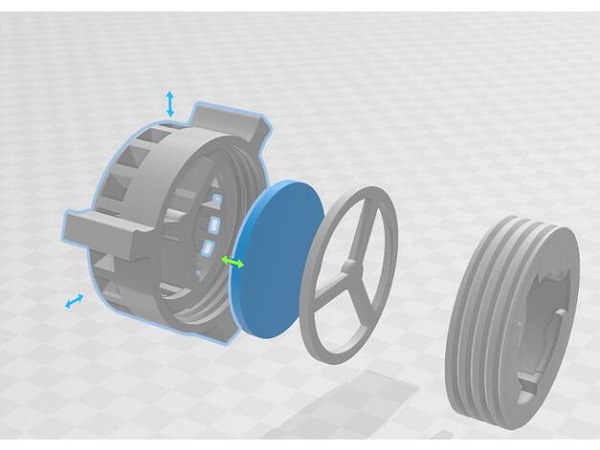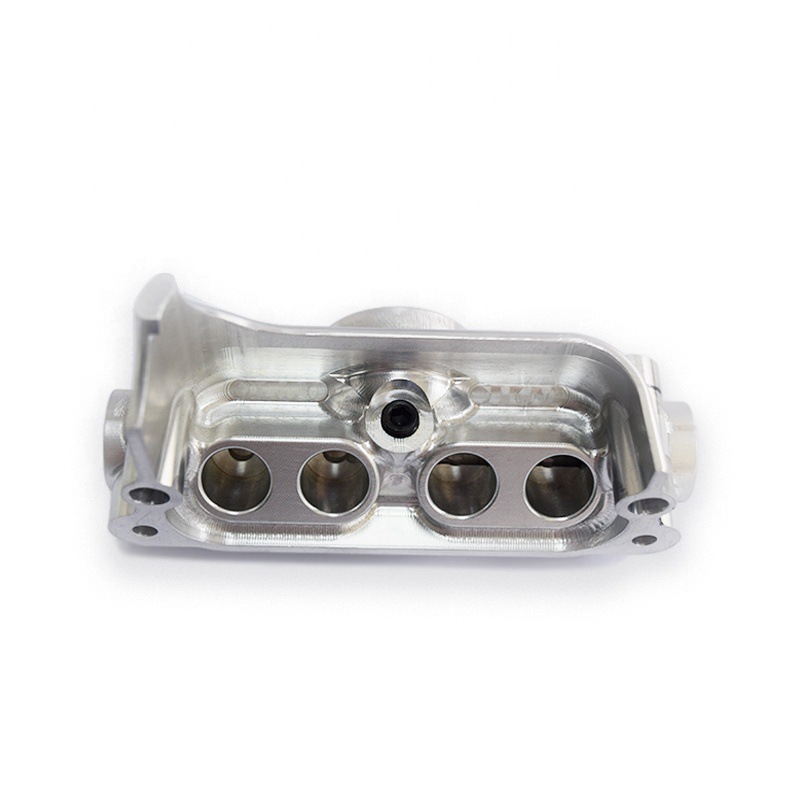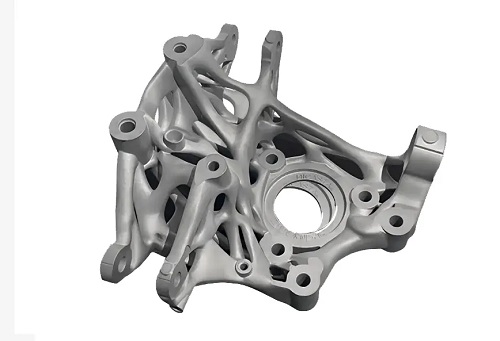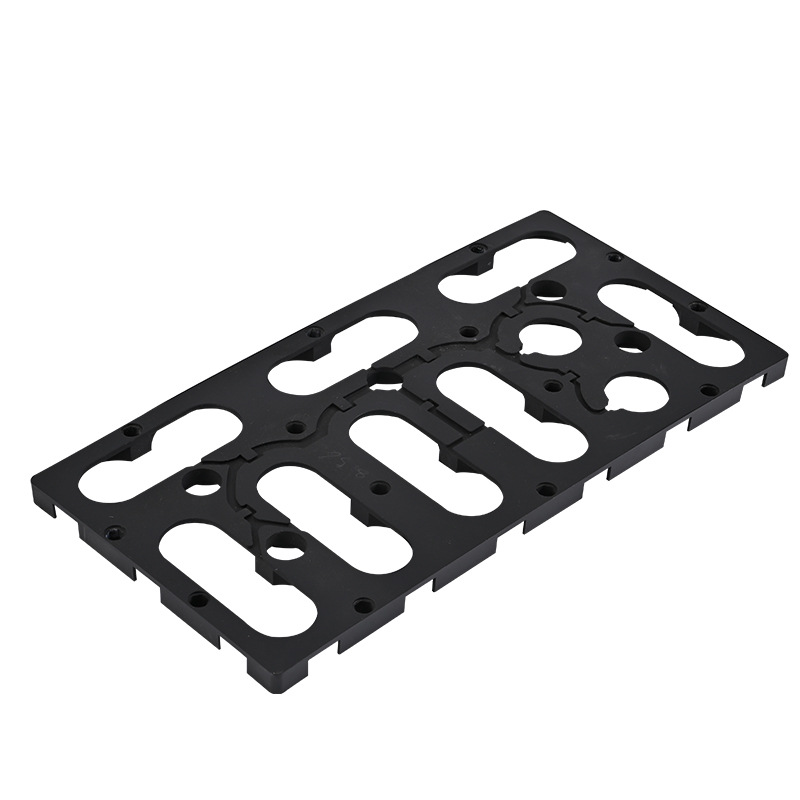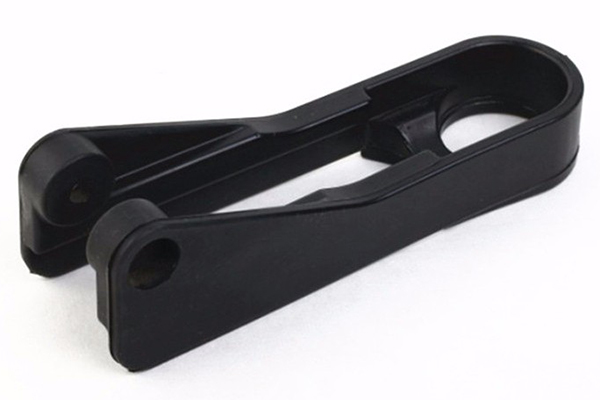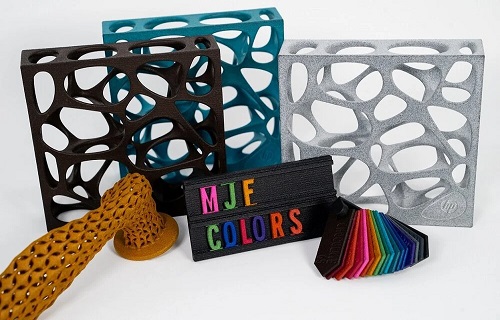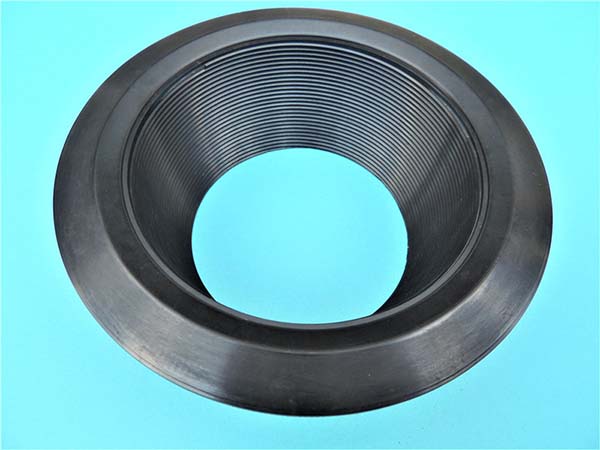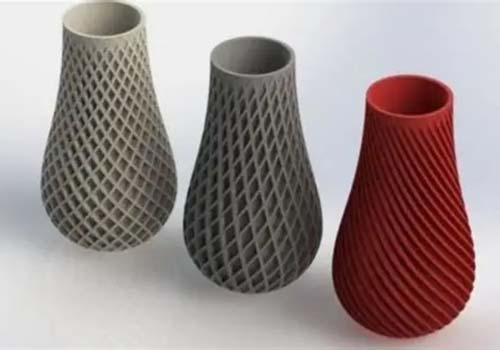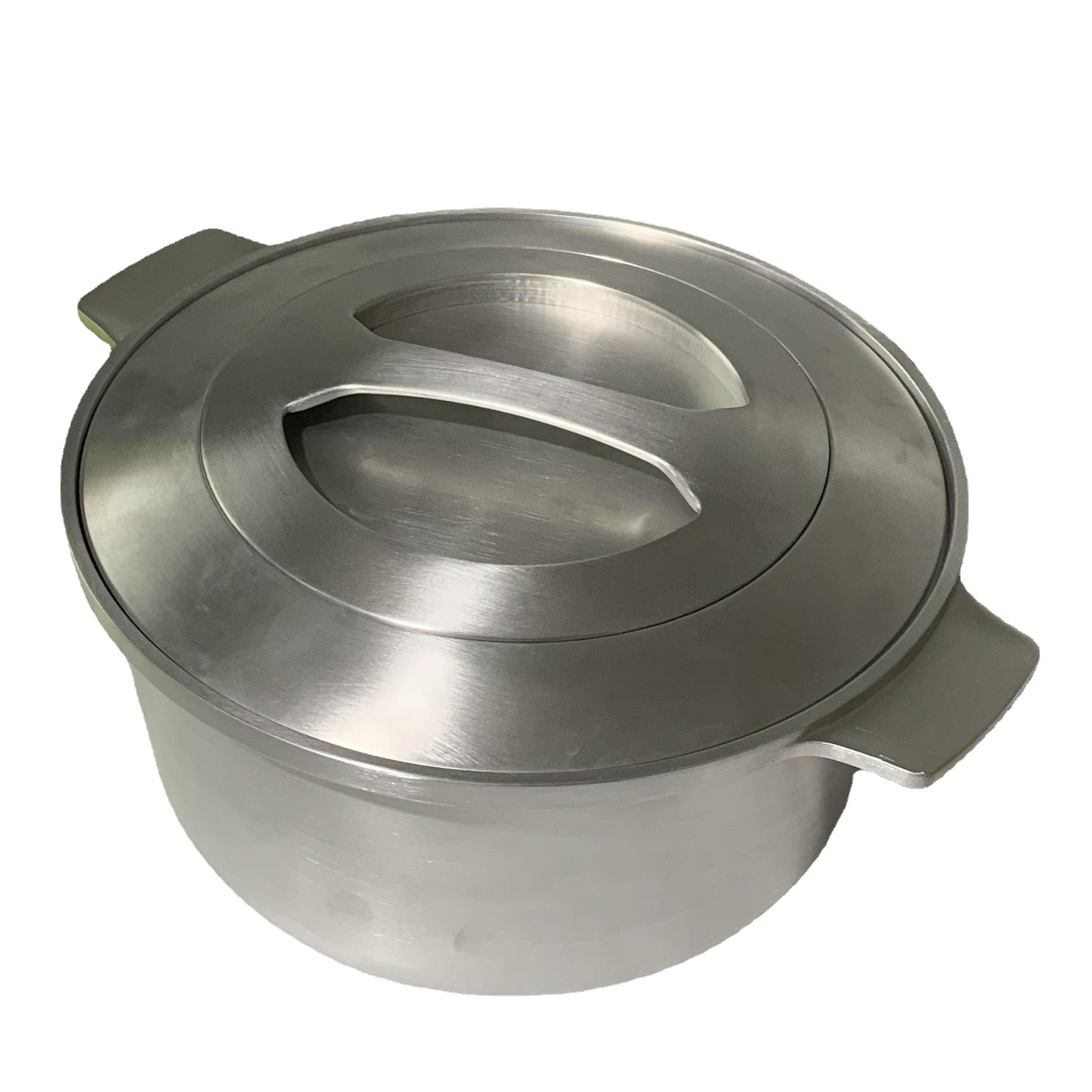Yigu: In today’s fast-paced manufacturing landscape, companies face unprecedented pressure to reduce time-to-market, customize products at scale, and optimize supply chains. Traditional manufacturing methods often struggle to meet these demands—long lead times for tooling, design constraints that limit innovation, and inefficiencies in producing low-volume, complex parts. This is where additive manufacturing (AM) steps in, transforming industries from aerospace to healthcare with its ability to create intricate geometries, reduce material waste, and enable on-demand production. But with hundreds of technologies, materials, and applications to navigate, how do you determine which 3D printing solutions are right for your operations?
Understanding 3D Printing Technologies & Processes: Which One Fits Your Needs?
At the core of industrial 3D printing lies a diverse range of technologies, each with unique strengths for specific applications. Let’s break down the most critical processes:
Material Extrusion: The Workhorse of Industrial Printing
Fused Deposition Modeling (FDM) remains a staple for prototyping and low-volume production, using thermoplastic filaments like ABS and PLA. For high-performance applications, industrial FDM systems print with ULTEM and PEEK, offering heat and chemical resistance ideal for aerospace and medical tools. Modern dual-extrusion heads enable printing with dissolvable support materials, eliminating post-processing bottlenecks for complex parts.
Vat Photopolymerization: Precision at Speed
Stereolithography (SLA) and Digital Light Processing (DLP) excel in producing detailed parts with smooth surface finishes. Continuous Liquid Interface Production (CLIP) takes this further, enabling continuous printing at speeds 25-100x faster than traditional SLA by maintaining a liquid resin interface cured by UV light. This makes it perfect for dental crowns and custom electronics housings where precision and speed matter.
Powder-Bed Fusion: Metal & Polymer Powerhouses
For metal parts, Selective Laser Melting (SLM) and Direct Metal Laser Sintering (DMLS) melt fine metal powders—such as titanium Ti64 and Inconel 718—layer by layer, creating fully dense components. Multi-laser systems, like those with 4 or 8 lasers, boost throughput by 300-400% for production-scale runs of aerospace brackets and turbine blades.
Polymer powder-bed systems, including Multi Jet Fusion (MJF) and Selective Heat Sintering (SHS), use nylon 12 and glass-filled polymers to produce strong, functional parts. HP’s MJF technology achieves layer resolutions down to 80 microns, making it a favorite for automotive jigs and spare-part catalogs.
Directed Energy Deposition: Repair & Large-Scale Builds
Laser Metal Deposition (LMD) and Electron Beam Melting (EBM) deposit metal wire or powder onto a substrate, ideal for repairing turbine blades or building large structures like rocket nozzles. EBM’s vacuum chamber and high temperatures make it suitable for titanium parts requiring exceptional mechanical properties.
Hybrid Manufacturing: The Best of Both Worlds
5-axis hybrid CNC-AM centers combine additive and subtractive processes in one machine, allowing for near-net-shape 3D printing followed by precision machining. This reduces lead times for complex parts like conformal cooling molds by up to 50% compared to traditional methods.
Industrial-Grade Materials: Beyond Plastics to High-Performance Solutions
The right material can make or break an industrial 3D printing project. Let’s explore the most impactful options:
Polymers & Composites for Extreme Environments
PEEK and PEKK stand out in high-temperature applications, with continuous use temperatures exceeding 250°C—perfect for under-the-hood automotive parts and oil & gas downhole tools. Carbon-fiber reinforced versions add strength while reducing weight, a critical factor for UAV frames and aerospace components.
Metals: Strength & Durability Redefined
Stainless steel 316L offers corrosion resistance for marine and medical implants, while titanium Ti64 balances strength and lightness for aerospace brackets. Inconel 718 handles extreme heat in turbine blades, and cobalt-chrome provides biocompatibility and wear resistance for orthopedic devices.
Sustainable & Specialized Materials
The industry is shifting toward recycled powders and sustainable feedstocks, with companies like BASF launching recycled nylon 12 for powder-bed systems. Bio-compatible resins enable 3D printing of surgical guides and hearing aids, while conductive inks open doors for printed electronics and conformal antennas.
Production-Scale Hardware: Machines Built for Industry 4.0
Industrial 3D printing hardware has evolved from prototyping tools to full production systems. Key innovations include:
- Multi-laser metal printers (e.g., EOS M 400-4) with 4 lasers and build volumes up to 400x400x400mm, reducing per-part costs by 30% for high-volume runs.
- Large-format additive systems like the Cincinnati Inc. BAAM print parts up to 6x10x3 feet, ideal for architectural façades and automotive tooling.
- Automated build-plate changers and closed-loop thermal control minimize downtime, ensuring consistent quality across 24/7 production runs.
- In-situ monitoring sensors and AI defect detection systems, such as those from 3D Systems, identify issues in real time, reducing scrap rates by up to 40%.
Software & Digital Workflow: The Backbone of Efficient AM Production
A seamless digital workflow is critical to maximizing 3D printing’s potential:
- Generative design and topology optimization tools (e.g., Autodesk Fusion 360) create lightweight, high-strength parts by mimicking natural structures—reducing material use by 50% for aerospace brackets.
- Build simulation software predicts thermal distortion, ensuring parts print correctly the first time. Companies like Simufact reduce trial-and-error by simulating layer-by-layer heating and cooling.
- MES integration and digital twins connect 3D printers to manufacturing execution systems, enabling real-time tracking of parts from design to delivery. This is invaluable for industries like aerospace, where traceability is mandatory.
Vertical Applications: From Prototypes to End-Use Parts
3D printing has moved beyond prototyping to produce mission-critical components:
- Aerospace: GE Aviation uses 3D printing to produce fuel nozzles for LEAP engines, reducing part count from 20 to 1 and cutting weight by 25%.
- Medical: Titanium Ti64 spinal implants and PEEK cranial plates are custom-fitted to patients, improving outcomes and reducing surgery time.
- Automotive: Volkswagen uses MJF to print 100,000+ custom tools annually, slashing lead times from weeks to days.
- Oil & Gas: Inconel 718 downhole tools withstand extreme pressure and temperature, outperforming traditionally manufactured parts.
Post-Processing: Finishing for Function & Aesthetics
Even the best 3D printed parts need post-processing to meet industrial standards:
- Hot Isostatic Pressing (HIP) eliminates porosity in metal parts, increasing fatigue resistance—essential for turbine blades and structural aerospace components.
- Vapor smoothing (e.g., 3D Systems’ Figure 4) creates injection-mold-quality finishes on polymer parts, ideal for consumer goods like luxury eyewear.
- CNC machining and robotic polishing ensure tight tolerances, with 5-axis systems handling complex geometries that traditional machines can’t reach.
Yigu Technology’s Perspective: Custom Manufacturing for the Future
As a leading supplier of custom plastic and metal parts, Yigu Technology leverages industrial 3D printing to deliver solutions that bridge prototyping and production. We combine selective laser melting for high-strength metal components with multi-jet printing for intricate polymer parts, all supported by a digital workflow that ensures precision and repeatability. Our expertise with materials like PEEK, stainless steel 316L, and carbon-fiber composites allows us to meet the most demanding requirements—from aerospace to medical devices. For companies seeking to reduce lead times, minimize waste, and unlock design freedom, 3D printing isn’t just an option; it’s a strategic advantage.
Frequently Asked Questions (FAQ)
- What’s the difference between prototyping and production 3D printing?
Prototyping focuses on speed and cost to validate designs, often using FDM or SLA with standard materials. Production printing requires industrial-grade technologies (e.g., SLM, MJF) and high-performance materials (e.g., PEEK, titanium) to meet mechanical, thermal, and regulatory standards for end-use parts.
- How do I choose between metal and polymer 3D printing?
Metal 3D printing (SLM, DMLS) is ideal for high-strength, heat-resistant parts like aerospace components and medical implants. Polymers (FDM, MJF) excel in lightweight, complex parts with lower cost, such as automotive jigs and electronics housings.
- What post-processing steps are non-negotiable for industrial parts?
For metals: Support removal, heat treatment (e.g., HIP), and surface finishing (CNC machining) are critical. For polymers: Support removal, vapor smoothing, and dyeing/painting ensure functionality and aesthetics. Metrology (3D scanning, CT inspection) is essential for quality validation in both cases.
